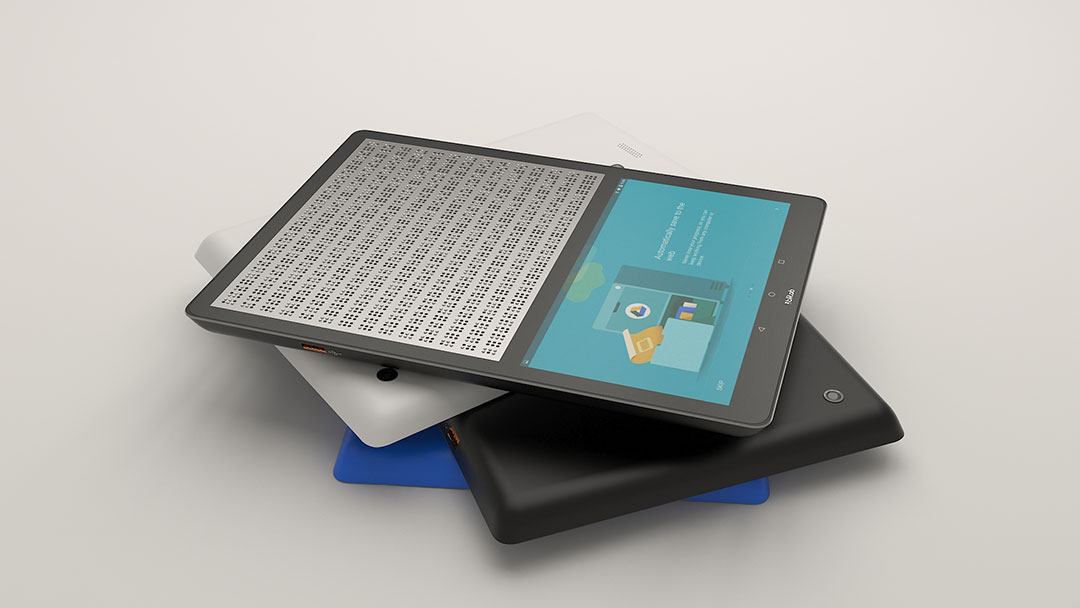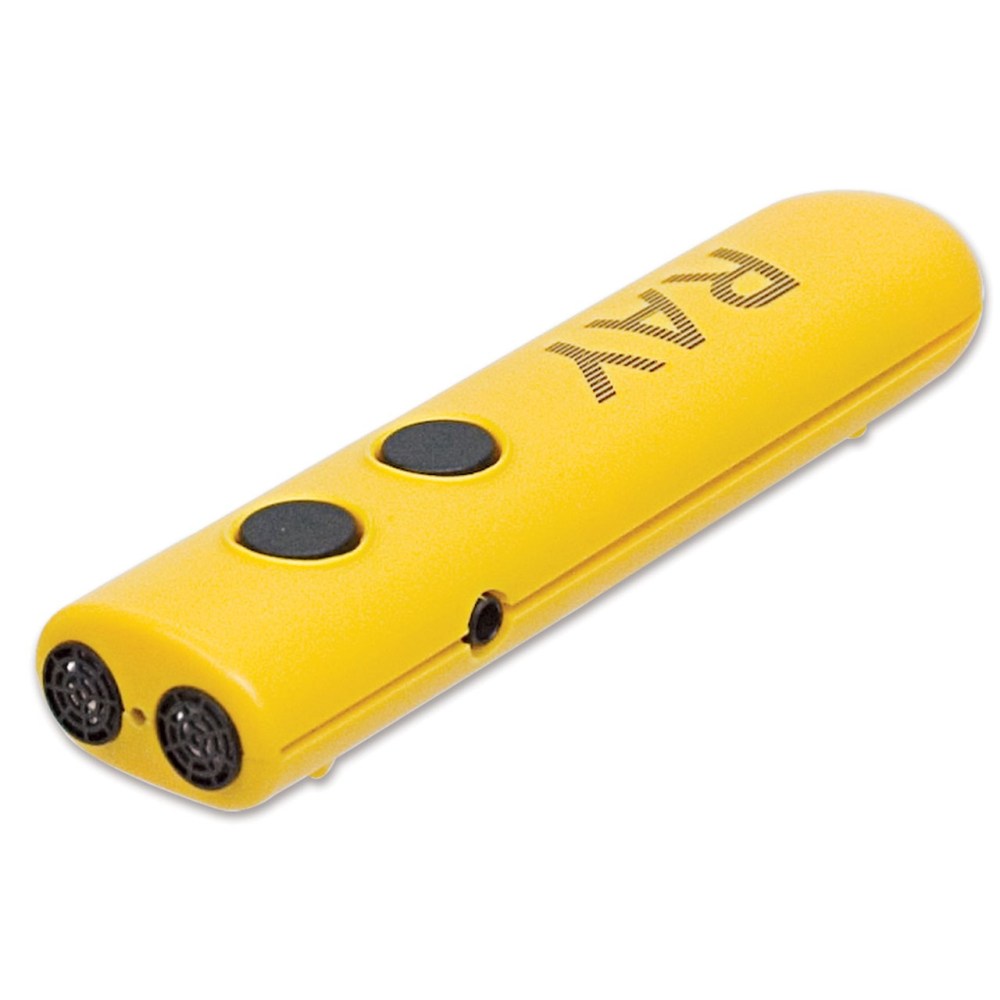Braille Displays and Notetakers: Essential Tools for Learning and Work
Braille Displays and Notetakers: Essential Tools for Learning and Work
Blog Article
Empowering Self-reliance With Assistive Modern Technology for the Blind
The integration of assistive modern technology into the lives of individuals with visual disabilities represents a substantial advancement in promoting independence and self-sufficiency. From innovative display readers to advanced wise walking sticks, these tools not only improve daily navigation and interaction however additionally encourage users to involve meaningfully in different facets of life. As we explore the myriad benefits and real-world applications of these innovations, it comes to be crucial to check out the underlying factors that add to their efficiency and the potential for future developments in this essential field.
Overview of Assistive Innovation

The advancement of assistive innovation is grounded in concepts of inclusivity and empowerment. Technologies in software application, hardware, and sensory improvements supply individuals with alternatives customized to their specific requirements. From screen visitors that convert message to speech, to tactile devices that share details through touch, these tools change the means individuals engage with their environments.
Along with sensible applications, assistive modern technology fosters higher social incorporation and engagement in different markets, consisting of education and work (Assistive technology for the blind). As research study and advancement proceed to evolve, the capacity for assistive innovation to better enhance the lives of visually impaired individuals continues to be encouraging, leading the way for an extra equitable culture where everyone can flourish
Kinds of Assistive Gadgets
A range of assistive tools have actually emerged to sustain people with aesthetic problems, each designed to meet specific needs and enhance day-to-day performance. These tools vary from low-tech options to sophisticated advancements, giving varied alternatives for customers.
Low-tech tools consist of magnifiers and large-print materials that assist in reading and writing. Braille devices, such as Braille styluses and slates, make it possible for tactile analysis and communication. Alignment and wheelchair aids, like white walking sticks, help users browse their environment safely.
On the higher end of the range, digital zoom systems and display visitors offer significant support. Electronic magnifiers allow users to enlarge text and images on screens, while display viewers transform digital web content into manufactured speech, assisting in access to info on computer systems and mobile phones.
Smart device applications additionally play a vital duty, supplying attributes like text acknowledgment and navigation aid. Wearable technology, such as smart glasses equipped with enhanced truth, is becoming an appealing tool to enhance situational recognition.
Benefits of Assistive Modern Technology
The combination of assistive innovation substantially boosts the lifestyle for people with aesthetic problems. These innovations encourage individuals by advertising freedom, enabling them to navigate their environments more successfully and execute everyday tasks with higher ease. Display viewers and magnifying software enable people to access electronic info, cultivating educational and specialist opportunities that may have previously been out of reach.
Furthermore, assistive tools such as smart walking sticks and GPS applications supply real-time navigating assistance, boosting movement and safety. This enhanced autonomy not only boosts self-confidence but likewise urges social interaction, enabling customers to get involved even more fully in their areas.
Assistive modern technology likewise facilitates communication, aiding customers attach with others through voice acknowledgment and text-to-speech applications. This capability is essential for maintaining partnerships and accessing important info.
In addition, the modification alternatives offered with numerous assistive technologies make certain that users can customize tools to their specific demands, additionally improving usability and efficiency. Generally, the advantages of assistive innovation for individuals with visual redirected here problems are profound, promoting an extra comprehensive society where everyone can seek their goals and objectives.
Study and Success Stories
Highlighting the transformative impact of assistive technology, countless study show just how individuals with aesthetic impairments have efficiently integrated these tools right into their every day lives. One engaging example involves an university student that made use of display reading software program to browse online sources and academic materials efficiently. This modern technology not just facilitated her education and learning but likewise enhanced her confidence in joining conversations and team tasks.
An additional case study includes a specialist that employs a smart device application designed for navigating and item acknowledgment. By utilizing this application, he has restored autonomy in both his individual and workplace, allowing him to commute individually and involve with coworkers much more successfully.
Furthermore, a retired person shared her experience with braille e-readers, which allowed her to access a vast array of literary works and stay gotten in touch with her area with publication clubs.
These success stories emphasize the vital role of assistive modern technology in fostering independence, improving high quality of life, and promoting social combination for individuals with aesthetic disabilities (Wearable technology for low vision). By welcoming these innovative tools, customers can overcome challenges and take opportunities that contribute to their personal and specialist gratification

Future Fads in Assistive Technology
Innovation in assistive modern technology is special info positioned to redefine the landscape of support for people with visual problems. Emerging fads stress the integration of man-made intelligence (AI) and artificial intelligence, which enhance the functionality of devices that aid with navigating and details availability. As an example, progressive lens glasses AI-driven applications are currently qualified of interpreting aesthetic data in real-time, making it possible for individuals to engage with their atmosphere a lot more separately.
Furthermore, the advancement of wearable technology is advancing quickly. Smart glasses equipped with enhanced fact (AR) can give audio summaries of surroundings, transforming just how individuals interact with public rooms. These devices not just promote freedom yet additionally foster social addition.
Furthermore, the Net of Points (IoT) is making homes smarter, permitting smooth connectivity in between assistive devices and daily devices. This connectivity equips users by allowing automatic responses and voice-activated controls customized to private needs.
Final Thought
Finally, assistive technology plays a critical function in encouraging people with visual disabilities by improving their freedom and interaction with their surroundings. The varied variety of applications and devices readily available not just facilitates navigation and communication yet also advertises social assimilation and chances for personal and specialist growth. As developments continue in this area, the possibility for enhancing the quality of life for those with visual disabilities will certainly increase, fostering better autonomy and empowerment.

Report this page